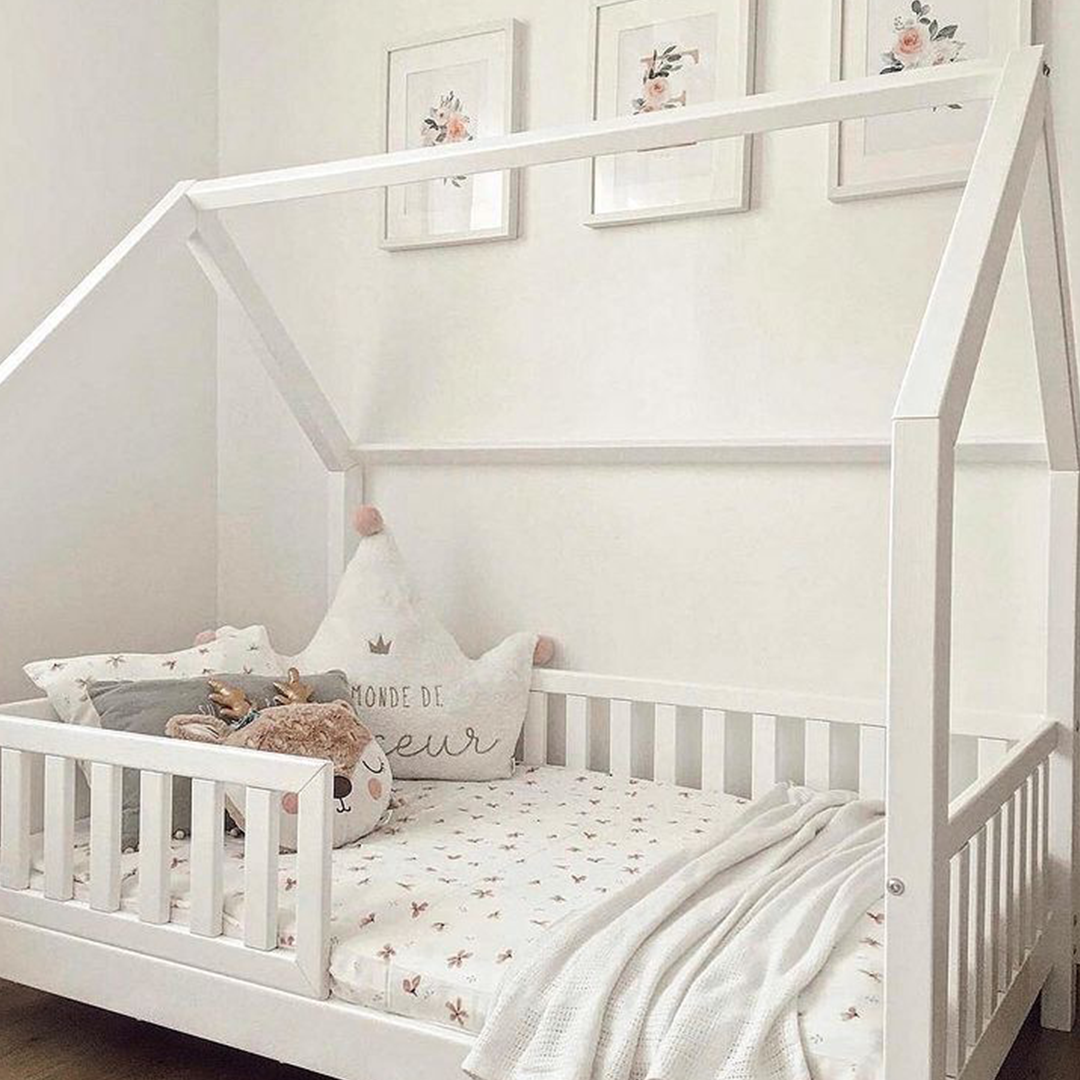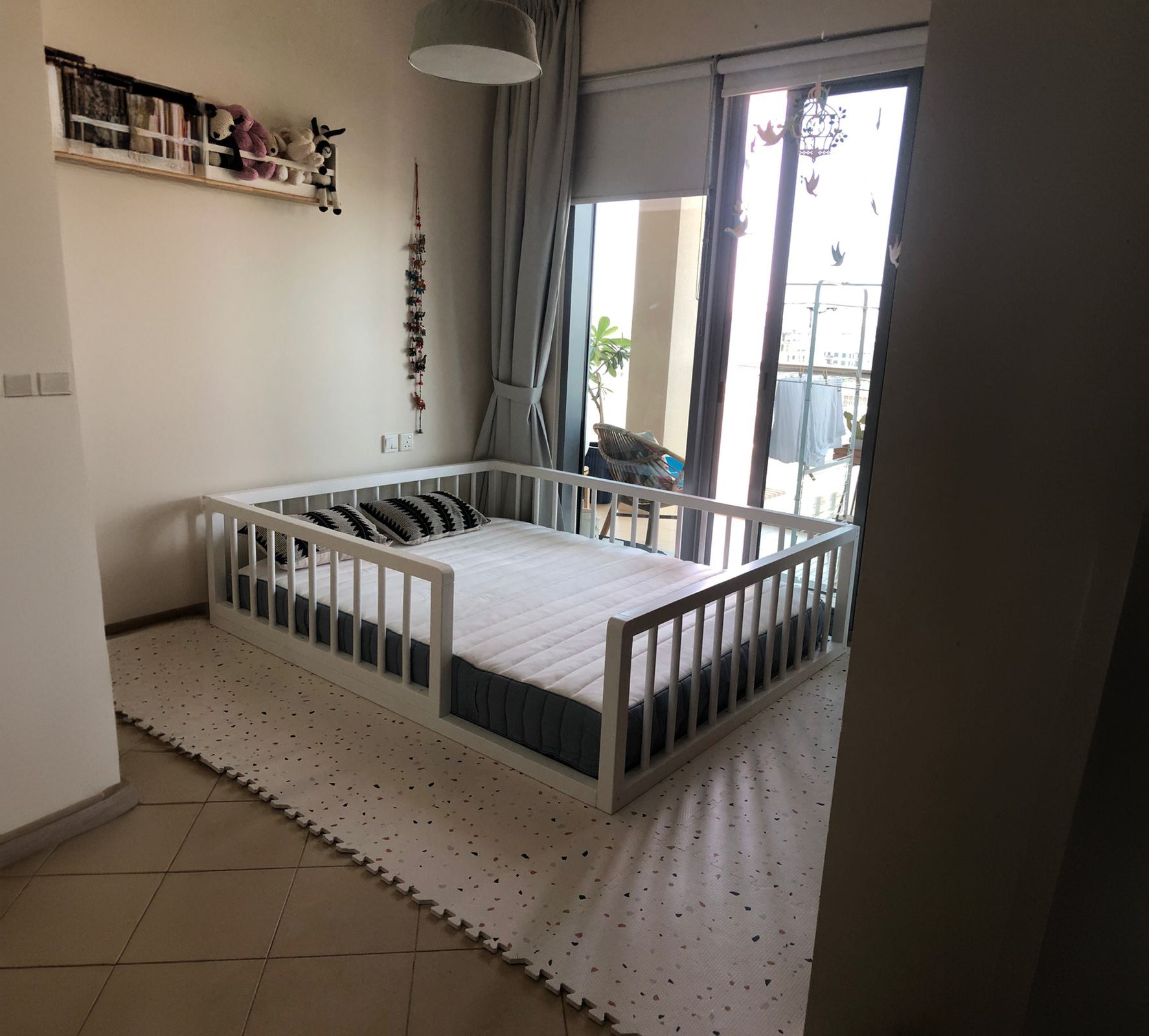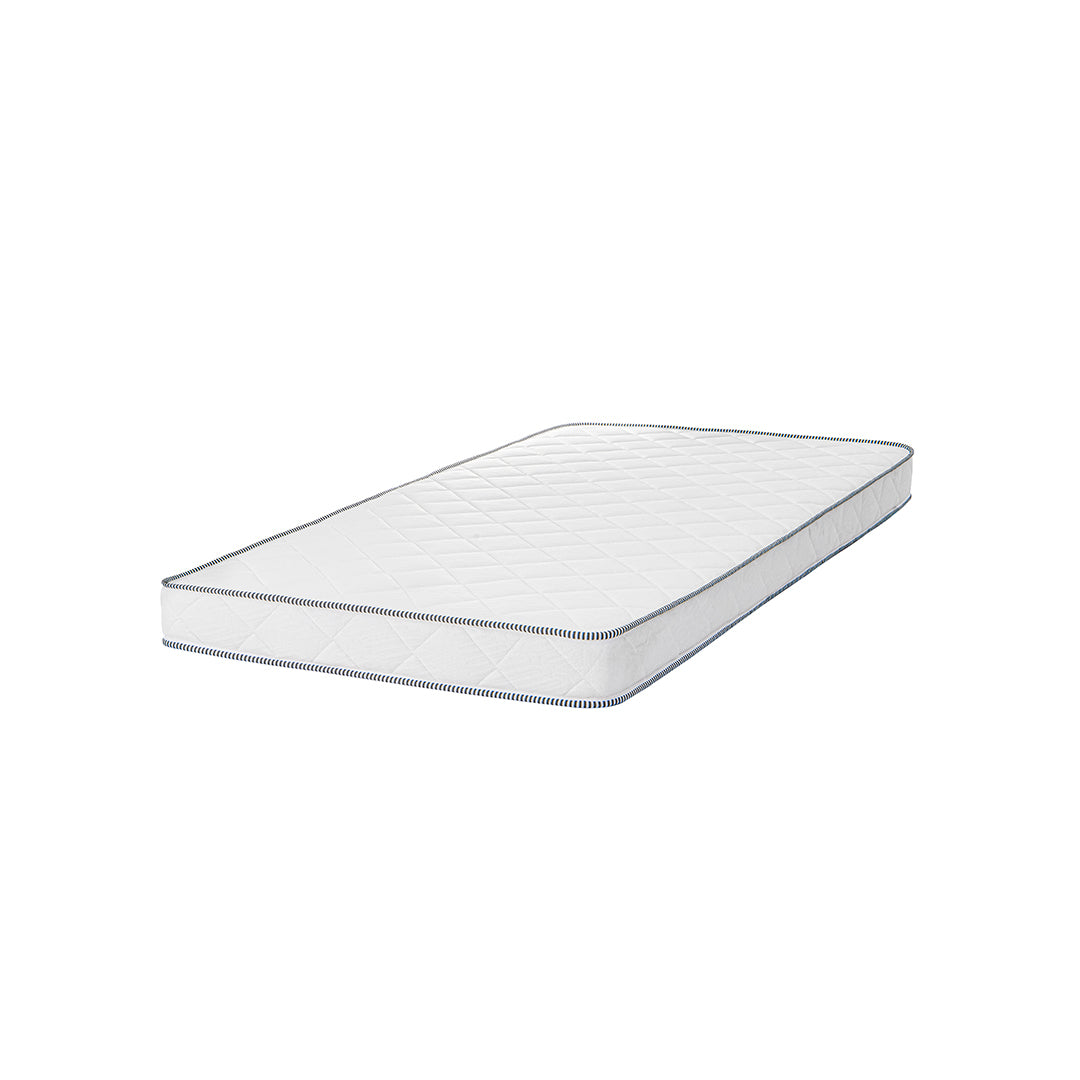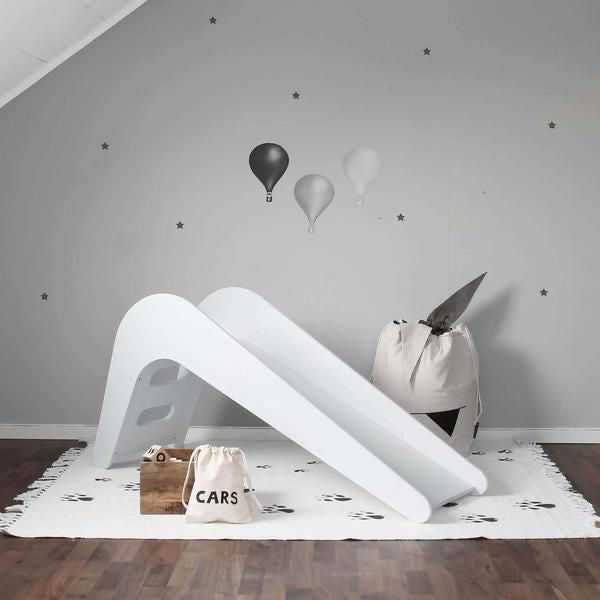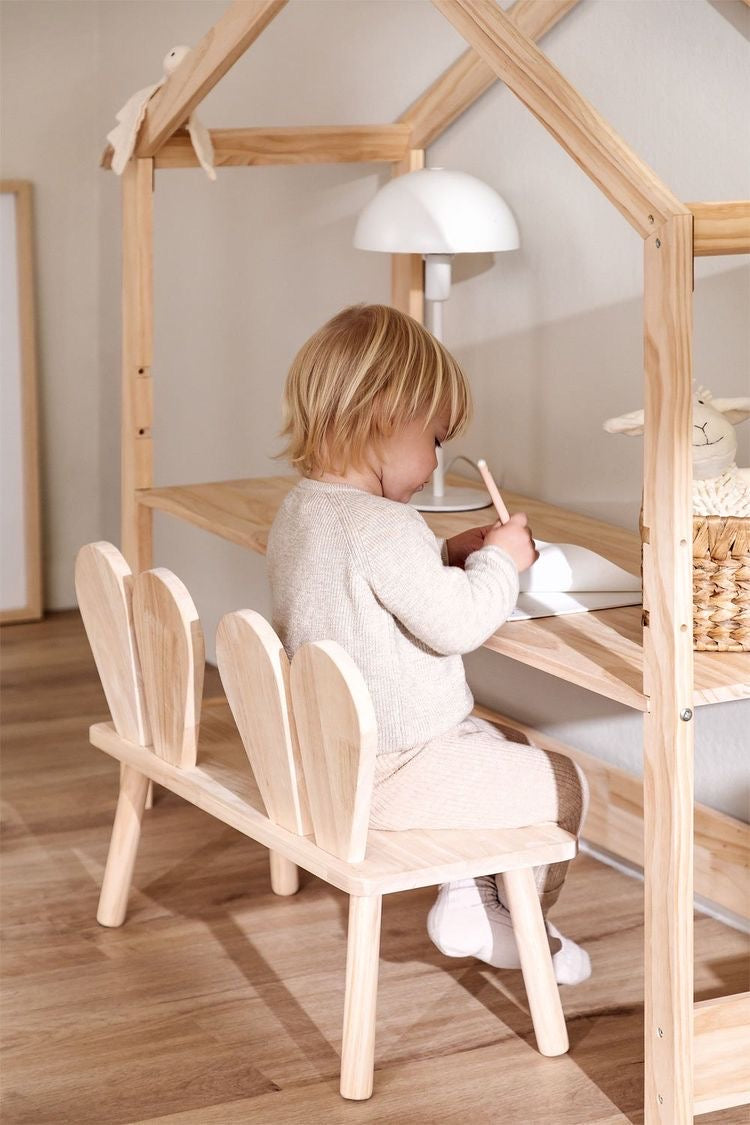Why a Cubby House Is Perfect for Your Child’s Garden
A child’s garden should be a place of wonder, creativity, and endless adventures. A cubby house can be the perfect addition to transform your outdoor space into a haven for play, learning, and imagination. More than just a play structure, it offers a variety of benefits that contribute to a child's development while enhancing the garden’s aesthetic appeal. Here’s why a cubby house is an ideal feature for your child's outdoor space.
Encourages Outdoor Play and Active Lifestyles
In today’s digital world, encouraging children to spend more time outdoors can be a challenge. A cubby house provides a dedicated space for outdoor activities, drawing kids away from screens and encouraging physical movement. Climbing, crawling, and imaginative play in a cubby house help develop motor skills, coordination, and overall fitness.
Additionally, having an outdoor play structure reduces sedentary habits and promotes a healthier lifestyle. Many cubby houses come with added features like slides, ladders, and climbing walls that encourage even more physical activity. These elements contribute to the development of strength and endurance while making exercise fun and engaging for children.
Sparks Creativity and Imaginative Play
A cubby house is a blank canvas for imaginative adventures. It can transform into a pirate ship, a fairy tale castle, a superhero hideout, or a cozy reading nook. By fostering role-playing scenarios, children develop storytelling skills, emotional intelligence, and problem-solving abilities. Adding accessories such as toy kitchen sets, art supplies, or mini furniture can further enhance their play experience.
Parents can also rotate themes and decorations to keep the cubby house exciting. Seasonal decorations for holidays, a rotating play kitchen setup, or an ever-changing treasure hunt theme can keep kids engaged and eager to explore new stories within their special space.
Enhances Social Skills and Cooperation
When children play together in a cubby house, they learn essential social skills like sharing, cooperation, and conflict resolution. Whether it’s planning a tea party, playing house, or working together on a fort-building project, these interactions help strengthen friendships and improve communication skills.
For families with multiple children, a cubby house can serve as a communal play space where siblings learn to compromise, negotiate, and collaborate. It becomes a setting where children practice taking turns, assigning roles in pretend play, and working through conflicts in a constructive way.
Provides a Personal Space for Independence
Children love having a space they can call their own. A cubby house offers them a sense of independence and responsibility as they decorate, organize, and maintain their own little retreat. This autonomy fosters confidence and decision-making skills, which are important for their overall development.
By allowing children to personalize their cubby house with their favorite toys, decorations, and furniture, parents empower them to make choices about their environment. This helps them develop a sense of ownership and pride in their personal space, reinforcing positive habits like tidying up and organizing their belongings.
Supports Learning and Cognitive Development
A cubby house can serve as a stimulating learning environment. Whether it’s used for storytelling, gardening activities, or educational games, it offers endless opportunities for cognitive development. Parents can incorporate numbers, letters, and nature-based activities to make playtime both fun and educational.
For example, setting up a mini library inside the cubby house can encourage early literacy. Creating a pretend shop with play money and a register can help develop basic math skills. Even a nature observation area with magnifying glasses and bug jars can introduce children to science in a hands-on way.
Complements Garden Design and Aesthetic
Beyond its functional benefits, a cubby house can enhance the beauty of your garden. Available in a variety of designs, colors, and materials, it can complement different outdoor aesthetics. Whether you prefer a rustic wooden cottage or a modern playhouse with bright colors, there are plenty of styles to choose from to match your garden’s theme.
Positioning the cubby house strategically within the garden can also create a more harmonious outdoor layout. Placing it near flower beds, under a tree, or alongside a vegetable patch can make it feel like an organic part of the space while also encouraging children to engage with nature.
Encourages Sleepovers and Cozy Hideaways
With a few cozy additions like blankets, cushions, and fairy lights, a cubby house can double as a magical hideaway for evening adventures. Some families even integrate house beds within a cubby structure, allowing for unique sleepover experiences that children will cherish. This setup creates a comfortable and exciting alternative to traditional indoor sleepovers.
During the warmer months, an outdoor sleepover in a cubby house can be an exciting way for kids to experience the thrill of camping in a safe and familiar environment. Parents can set up lanterns, provide sleeping bags, and even add mosquito netting to create a truly magical outdoor experience.
Durable and Customizable for Growing Needs
A well-built cubby house can grow with your child. As they age, it can be repurposed into a reading nook, an outdoor study area, or even a small creative studio. Adding elements like chalkboards, planters, or climbing walls ensures that the structure remains functional and engaging throughout the years.
Many cubby houses are designed with modular features that allow for easy updates. For example, a simple playhouse can be transformed into a more sophisticated retreat for an older child by swapping out play-themed decorations for bean bags, bookshelves, or even a small desk for studying.
Low Maintenance and Long-Lasting
Most cubby houses are designed to withstand the elements, making them a durable addition to any garden. Opting for high-quality materials like treated wood or weather-resistant plastics ensures longevity with minimal upkeep. A simple seasonal cleaning and occasional repainting can keep it looking fresh and inviting.
To maintain the longevity of a cubby house, parents can apply weatherproof coatings, check for signs of wear and tear, and periodically tighten screws or reinforce joints. By taking these small maintenance steps, the structure can remain a cherished play area for years to come.
Strengthens Family Bonds
A cubby house isn't just for kids; it can also be a place where parents and children spend quality time together. Whether it’s decorating the interior, reading stories, or engaging in pretend play, these moments create lasting memories and strengthen family bonds.
Parents can also get involved in the construction or painting of a DIY cubby house, turning it into a family project that everyone can contribute to. This hands-on approach adds sentimental value to the structure and instills a sense of pride in both parents and children.
Conclusion
A cubby house is more than just a play structure; it’s an investment in your child's happiness, creativity, and development. By incorporating elements like house beds or interactive features, you can create a versatile space that grows with your child. Whether used for play, learning, or relaxation, it’s a wonderful addition to any garden that will be cherished for years to come.


